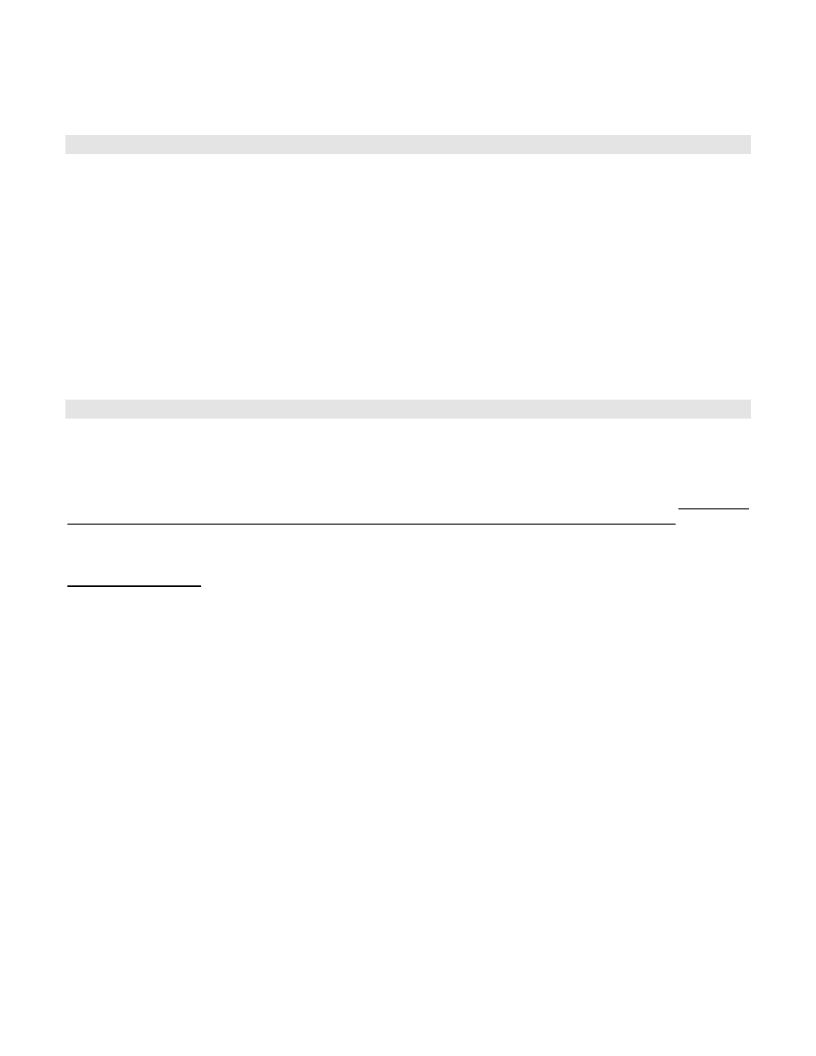- 您現(xiàn)在的位置:買賣IC網(wǎng) > PDF目錄373261 > REPORT Report - Lead (Pb)-Free Packaging Strategy 2000-2003 PDF資料下載
參數(shù)資料
| 型號(hào): | REPORT |
| 英文描述: | Report - Lead (Pb)-Free Packaging Strategy 2000-2003 |
| 中文描述: | 報(bào)告-無(wú)鉛(Pb)2000-2003免費(fèi)包裝策略 |
| 文件頁(yè)數(shù): | 6/16頁(yè) |
| 文件大?。?/td> | 188K |
| 代理商: | REPORT |
第1頁(yè)第2頁(yè)第3頁(yè)第4頁(yè)第5頁(yè)當(dāng)前第6頁(yè)第7頁(yè)第8頁(yè)第9頁(yè)第10頁(yè)第11頁(yè)第12頁(yè)第13頁(yè)第14頁(yè)第15頁(yè)第16頁(yè)

Lead (Pb)-Free Packaging Strategy 2000
2003
-
2
-
Introduction
The electronics industry uses a wide range of materials in manufacturing processes that have been dubbed
hazardous. At various times the use of these materials has been the focus of regulatory activity, and the industry
has responded by developing safer means of using these materials or by reducing or eliminating their use. The use
of Pb in electronic products has been of concern to some environmental groups. The threat of a Pb ban for elec-
tronics has arisen before (in the US, most recently in 1991), but the threat dissipated under pressure from the
industry. Action currently proposed by regulatory agencies is driven by consumer perception that Pb in any form is
a dangerous material.
While it is not clear when, or even if, outright bans on the use of Pb will come into effect, many electronic
manufacturers believe that a
de facto
ban will happen in some form within the foreseeable future. Since some of
these manufacturers are significant customers for AMD products, we must understand the rationale for, and
problems of, eliminating Pb from our products and develop plans to address any possible customer requirement
that we do so.
Legislative Incentives for Eliminating Pb in Electronics
The hazards of Pb in the environment and its effect on humans are generally accepted. The use of Pb in plumbing,
paint, and other common applications has been banned in developed countries for many years. In the US, such
bans were established in 1991 via Congressional legislation, although the Pb accumulated in the environment by
that time continues to cause health problems. Virtually all such legislation to date in the US and elsewhere has
exempted electronic products from regulation either explicitly by name or implicitly by usage levels. There is, at
present, no legislation anywhere in the world that directly regulates the use of Pb in electronic products. The lack of
regulation on Pb content can probably be attributed to the low usage level in electronics (<1 percent). However, the
regulatory environment has been changing in recent years.
European Regulation
The spotlight of international environmental, health, and safety initiatives has focused sharply on electronics since
1998. Of major concern for AMD and our customers are initiatives incorporating chemical bans or restrictions and
product “take-back” requirements. The most significant such international action is the directives on Waste in
Electrical and Electronic Equipment (WEEE) and Reduction of Hazardous Substances (ROHS) proposed within the
European Union (EU). Introduced in May 1998 by Directorate General XI, the Environmental Directorate of the EU
Commission, the fourth draft of the WEEE proposal was distributed in May 2000. At the time of introduction to the
European Parliament in October 2000, the original draft document was split into the current WEEE and ROHS draft
directives. (WEEE includes the recycling and take-back provisions and ROHS includes the material bans.) Among
its other provisions, the ROHS draft proposal states that: “Member States shall ensure that the use of Pb, mercury,
cadmium, hexavalent chromium, PBBs and PBDEs is substituted by 1 January 2006.” Product categories such as
household appliances, networking and communications equipment, control instruments, electronic tools and toys,
and medical equipment are covered by the proposal; integrated circuits and other components are included in the
definition of electronic equipment. Automotive electronics are exempted from the directive implicitly by omission of
this category from the listing of types of equipment covered by the regulations. Numerous other specific exemptions
are included in one of the annexes to the document.
The WEEE and ROHS proposals follow from proposals originating in several of the EU member countries. Principal
among these was a sweeping proposal introduced in Denmark. The Danish proposal was severely criticized on
technical grounds by the Scientific Committee on Toxicity, Ecotoxicity and the Environment (CSTEE) in a report
dated 5 May 2000. Many of these technical criticisms probably apply to the WEEE and ROHS proposal as well.
The draft WEEE and ROHS directives have also elicited strong opposition from industry organizations such as the
American Electronics Association (AEA) and Electronics Industry Alliance (EIA) in the US, and the Printed Circuit
Interconnect Foundation (PCIF) and ORGALIME in Europe. Publication of a final regulation in the year 2002 is
likely although the final form is difficult to determine at this time. The draft proposals were presented to the
European Parliament in October 2000. The first reading and vote on the proposals occurred in May 2001.
相關(guān)PDF資料 |
PDF描述 |
|---|---|
| RES-NETWORK | Interface IC |
| RES060L03 | TRANSISTOR | MOSFET | MATCHED PAIR | N-CHANNEL | 30V V(BR)DSS | 6A I(D) | SO |
| RES070N03 | TRANSISTOR | MOSFET | N-CHANNEL | 30V V(BR)DSS | 7A I(D) | SO |
| RES100N03 | TRANSISTOR | MOSFET | N-CHANNEL | 30V V(BR)DSS | 10A I(D) | SO |
| RES5-F03 | FILTER CHASSIS OHNE IEC EINGANG 3A |
相關(guān)代理商/技術(shù)參數(shù) |
參數(shù)描述 |
|---|---|
| REPORTER 8.5 PROFESSIONAL | 制造商:Flir Systems 功能描述: |
| REPOT01-10 | 制造商:RECOM Power Inc 功能描述: 制造商:RECOM Power Inc 功能描述:10A POTENTIOMETER |
| RE-PRO/09 | 制造商:BM POLYCO 功能描述:ELECTRICIANS LEATHER PROTECTOR 09 |
| RE-PRO/10 | 制造商:BM POLYCO 功能描述:ELECTRICIANS LEATHER PROTECTOR 10 |
| REPV0011A-M | 制造商:Panasonic Industrial Company 功能描述:PC BOARD |
發(fā)布緊急采購(gòu),3分鐘左右您將得到回復(fù)。